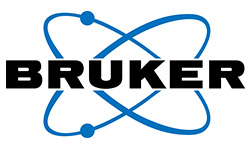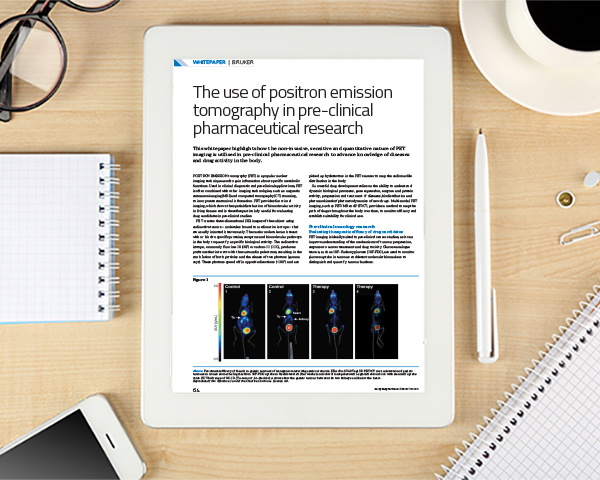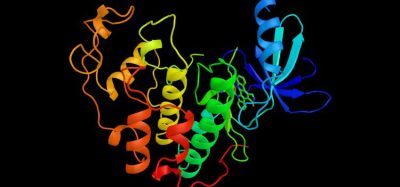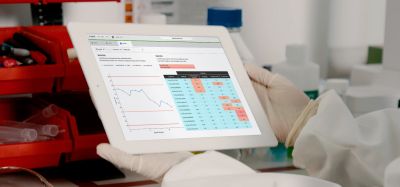Whitepaper: The Use of Positron Emission Tomography (PET) in Pre-clinical Pharmaceutical Research
Posted: 30 August 2019 | Bruker | No comments yet
Positron emission tomography (PET) is a popular nuclear imaging technique used to gain information about specific metabolic functions.
Used in clinical diagnostic and pre-clinical applications, PET is often combined with other imaging technologies, such as magnetic resonance imaging (MRI) and computed tomography (CT) scanning, to incorporate anatomical information. PET provides functional imaging, which shows the spatial distribution of biomolecular activity in living tissues and is therefore particularly useful for evaluating drug candidates in pre-clinical studies.
Related content from this organisation
- Product hub: High fidelity process control with Bruker’s Fourier PAT
- Whitepaper: PAT leads the way in the adoption of continuous manufacturing processes
- Accelerating timelines for development and manufacture of multi-specific antibodies
- Solid- and Liquid-State NMR for monitoring of polysaccharide antigen in the manufacturing process
- Video: ASMS 2019: timsTOF fleX – MALDI Guided SpatialOMx
Issue
Related topics
Analytical techniques, Medical Devices, Preclinical Research, Technology










